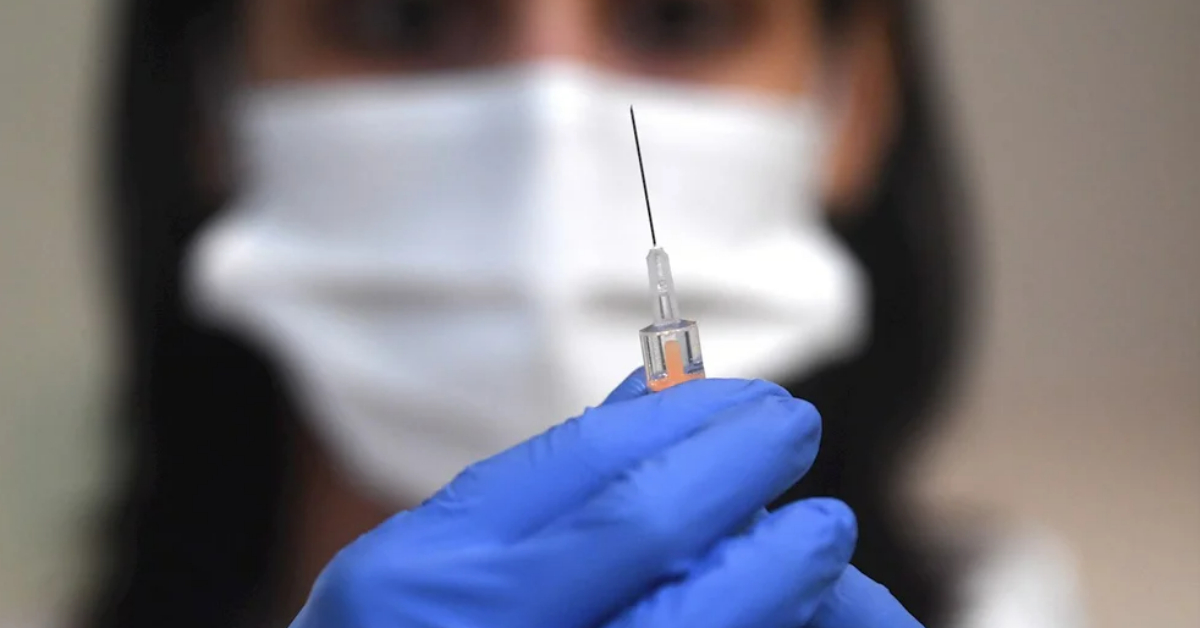French virologist Luc Montagnier, winner of the Nobel Prize for his work on HIV and a highly controversial figure in the scientific community, said that the SARS-CoV-2 virus that causes COVID-19 was created in a laboratory by inserting genes into a coronavirus of HIV-1, the AIDS …






